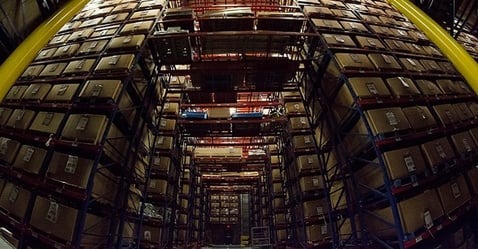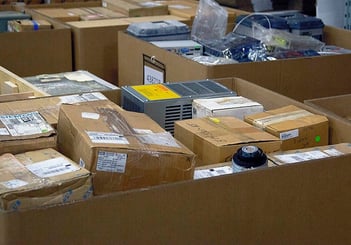I would like to take you on an excursion into the world of numbers and statistics. Statistically, many companies spend 6 -10% of their gross fixed assets on annual maintenance. If we take the indirect costs of machine failures, delivery shortfalls, quality problems and short-term replacement investments into account, we talk about a value of 750 billion euros per year.
Typically, maintenance costs are 2% -20% of the replacement value of a plant, depending on the operation and industry. Each department, including maintenance and production, is under constant pressure to minimize costs and maximize profits.
At this point I would like to come back to the original topic. Due to the persistent obligation to save, a meaningful spare parts management plan is of great  importance. This depends on the type of maintenance strategy and the type of management within the business.
importance. This depends on the type of maintenance strategy and the type of management within the business.
Maintenance or Fire Service Strategy
Reactionary approach. The maintenance is only carried out when a component is defective and it has already come to machine downtime. This results in downtime costs, production and sales losses as well as imminent contractual penalties. Replacement parts are often purchased at higher prices if available. This isn't the best solution.
Scheduled Maintenance or Preventive Maintenance
Target planned maintenance with appropriate scheduling in production to ensure a high plant availability. The advantage is that the condition of the plant is known and components can be exchanged at the next maintenance intervals.
 Production needs require a high plant availability. Maintenance would like to ensure this by having its own spare parts warehouse for all critical components, provided there is no maintenance contract. Here, however, a conflict of interest with the purchase occurs. This exhorts the maintenance not to leave the storage costs for these items carelessly. But what to do ??
Production needs require a high plant availability. Maintenance would like to ensure this by having its own spare parts warehouse for all critical components, provided there is no maintenance contract. Here, however, a conflict of interest with the purchase occurs. This exhorts the maintenance not to leave the storage costs for these items carelessly. But what to do ??
In proven practice, many companies identify critical components based on a default risk analysis for each asset. These are either stored by themselves or can be delivered within a few hours by the manufacturer. For all other components, service providers are often resorted to, such as an electrical wholesaler or the machine builder himself.
Companies are faced with another challenge when the components are no longer available and the system is already out of the maintenance contract. The question "Where can I get this now?" Is literally pushing itself. The market offers a number of service companies such as Radwell International but also many others who specialize in this field. Here, you often receive components that have been discontinued for several years. These are not necessarily always new but you are on the safe side about the warranty you receive from the companies you purchase from.

Again, there is a potential for savings for companies. Investments in new plants can be reduced as the existing plant can be put back into operation via these service providers. Over the longer terms increases the profit of the company and the given savings potential can be maintained.Our experience has already brought significant savings to many of our customers, extending the life cycle of equipment and increasing profits.
Finally, I would like to ask you another question that you should answer for yourself
"Do I know the default risk of my investments?"
Robert Paulus is an Area Sales Manager. He is based out of Radwell International's Germany office when he is not on the road providing customers with quality industrial automation services.









